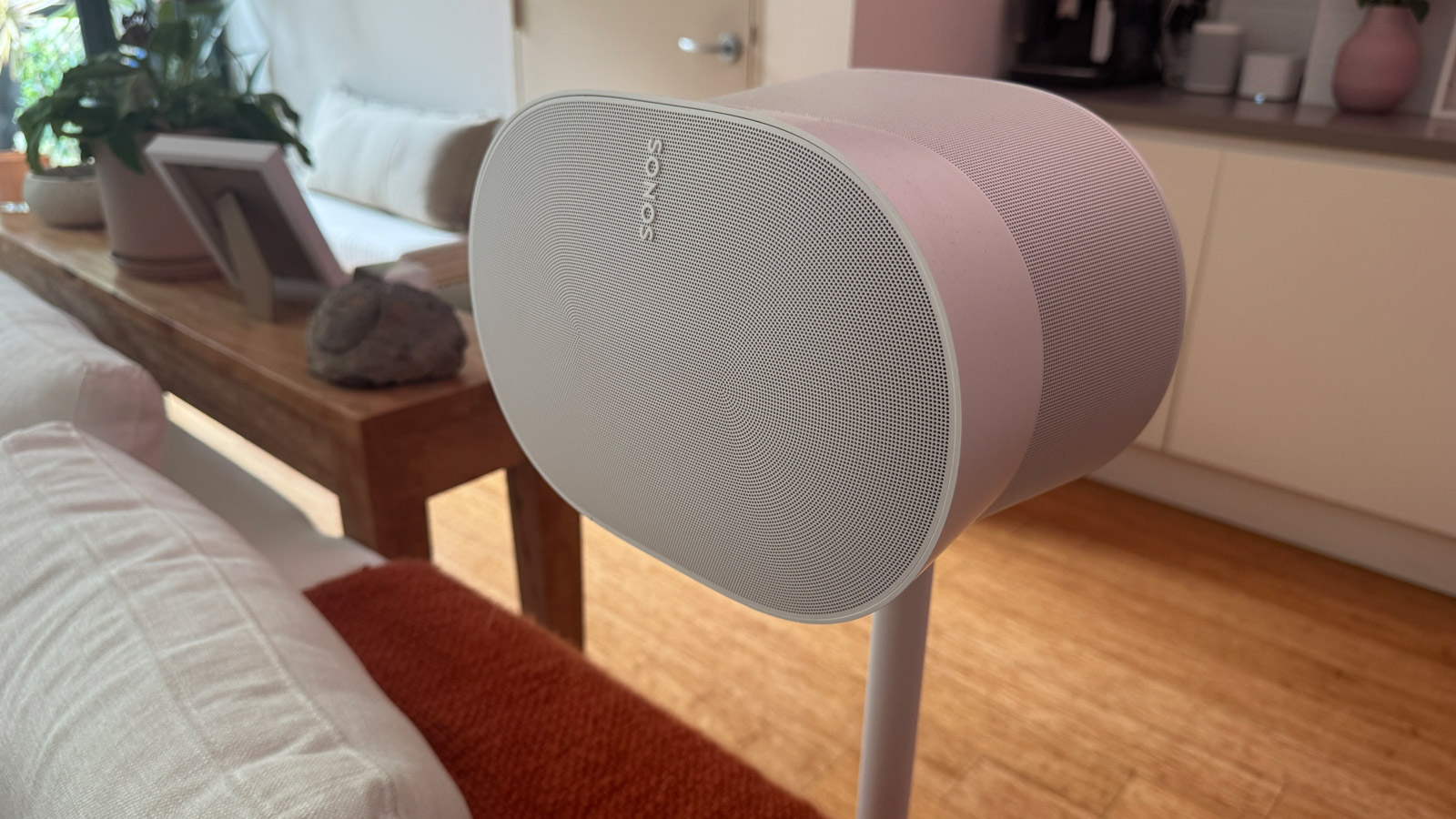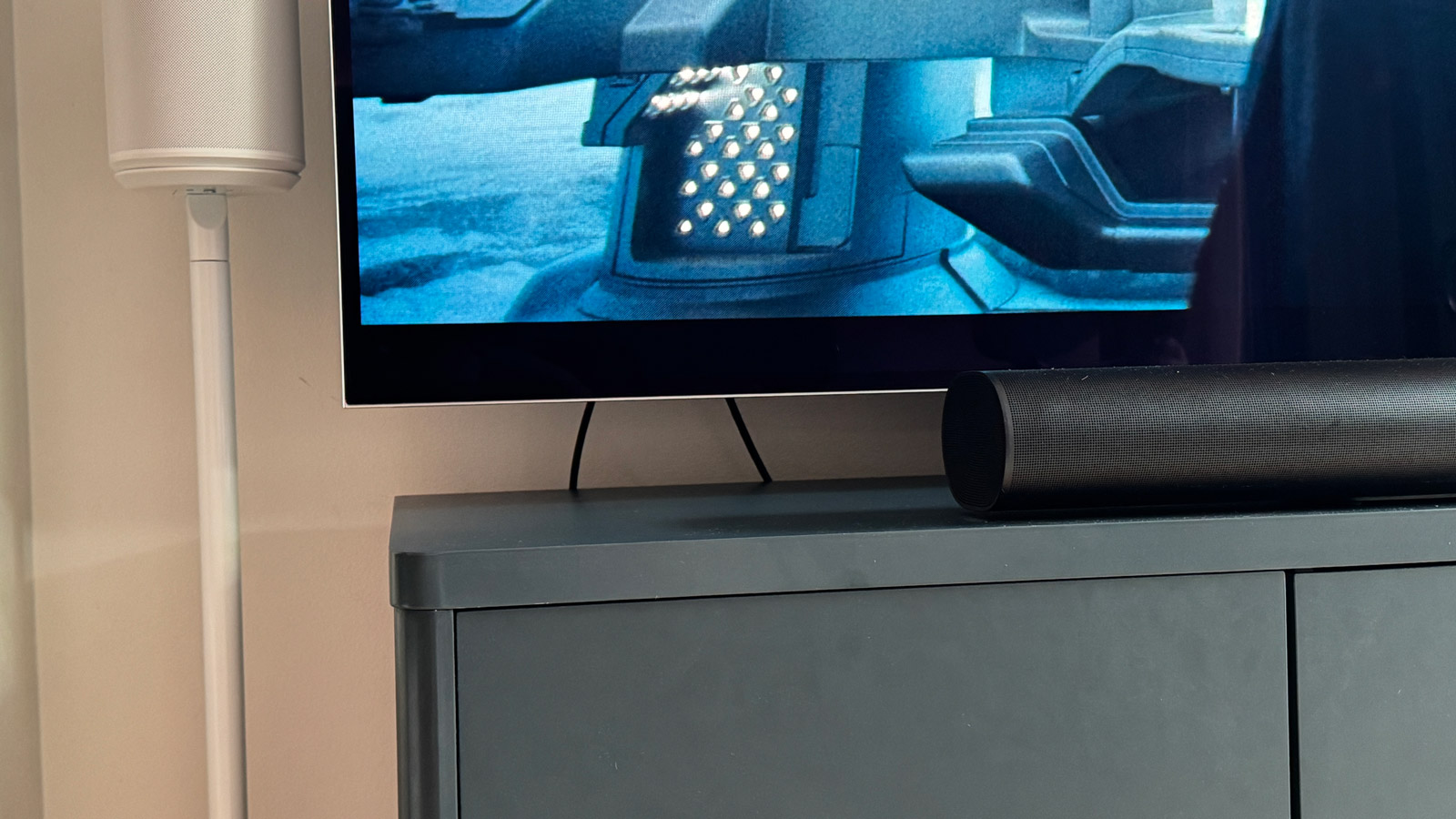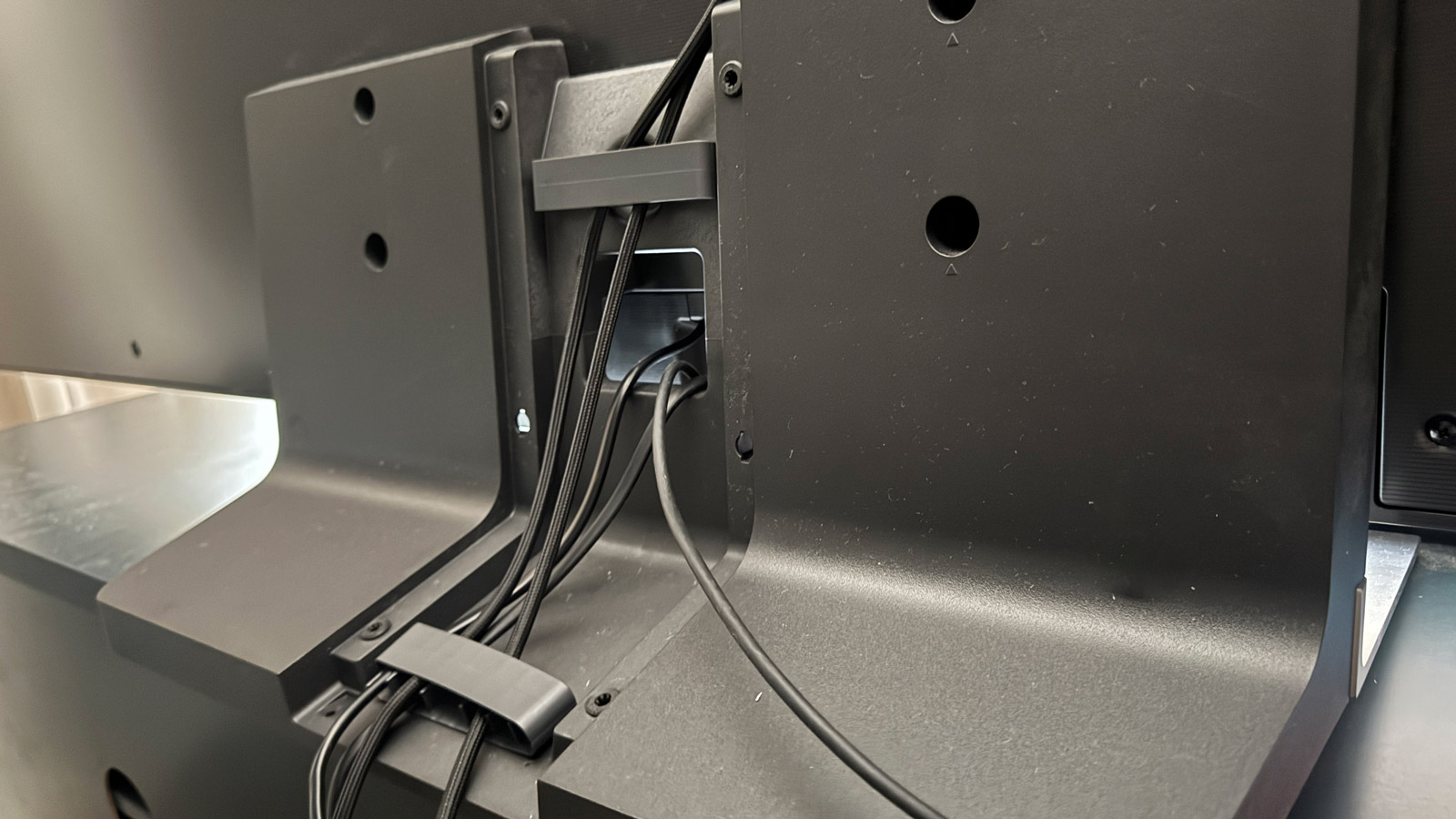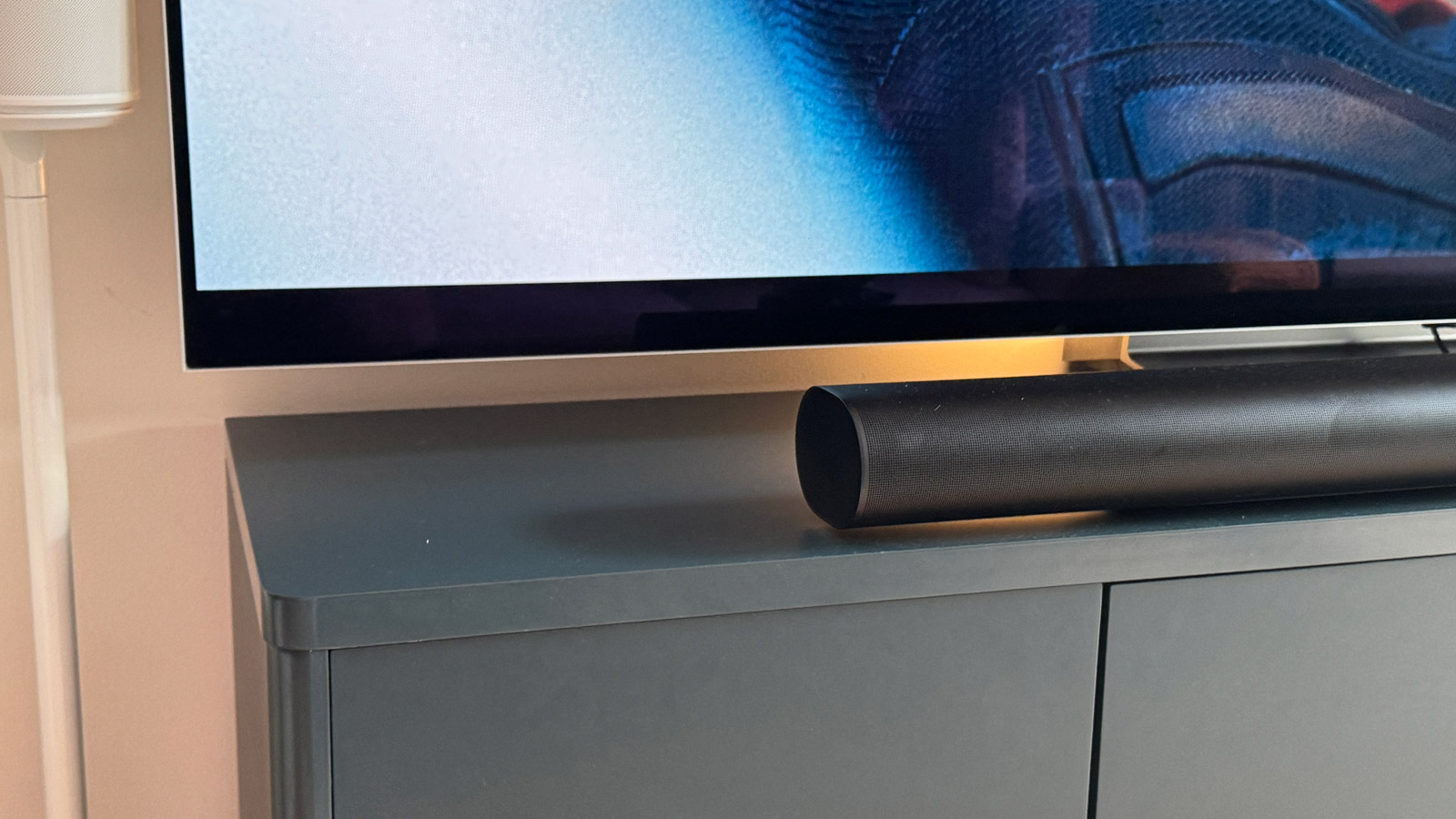Everyone has their own personal preference when it comes to how they watch movies and TV at home. Many people will find a simple yet convenient combination of a TV and a standalone soundbar to be the ideal package for immersive nights on the sofa.
Others may invest in one of the best projectors for a more authentic, cinema-like experience. Then, of course, you have those who demand the very best their space and budget can afford – which will likely comprise one of the best TVs and one of the best Dolby Atmos soundbars. Or, if space permits, a fully-fledged surround-sound speaker system.
When putting a system together though, how much thought do any of us give to cables? They’re an essential accessory, yet most of us get by with (at best) the random cords that come bundled with our electronics or (at worst) are just laying around the house. I mean, a cable is a cable, right?
In many ways, yes, it is. As long as your cable supports the necessary standards to handle the various standards your TV and sound system supports – such as Dolby Atmos audio or 4K HDR imagery – then any HDMI cable will do.
It wasn’t their transmission capabilities that I hadn’t considered before, though. I’ve generally used cables that come with their respective products to much success. However, what I hadn’t considered was the aesthetics of my cabling. You know, the really important stuff.
Setting the scene
I’ve realised in recent years that I’m a bit of a perfectionist when it comes to my home theater. Fortunately, so is my partner, so there’s no bickering or compromising when it comes to making a purchase to level up our lounge room.
As a result, our home cinema setup comprises an 83-inch LG G5 OLED TV and a full Sonos speaker package – Arc Ultra, Era 300s for surrounds and Sub 3. We’ve also recently added some Era 100s as part of an (admittedly successful) experiment, which I’m excited to flesh out my thoughts about in a future article.

I know this system can be improved upon. If we had the space, we’d get a home cinema amplifier and a full speaker package, but our apartment in Sydney, Australia won’t accomodate that. The Sonos system is therefore as near a perfect home theater system as we can get. Since adding a Sony UDP-X700 4K Blu-ray player to the mix and investing in a number of 4K Blu-ray discs, I’ve never been more excited to just stay at home with a glass of wine and settle in for movie nights.
It all sounds fantastic, and it was very nearly perfect… if it weren’t for the unsightly HDMI cables sneakily hanging down behind the screen and snaking their way into the TV bench. The G5 OLED’s central-mounted stand is hidden by the Arc Ultra soundbar and if it weren’t for those damn cables, the screen really would look as though it were floating. The HDMI cables were ruining the illusion.

A solutions man
The only way to resolve the monstrosity that was hanging cables was to invest in some longer versions that I could weave through the TV’s surprisingly impressive cable management system. So, during the recent Amazon Prime Day sale, I picked up a couple of 3-meter Ugreen HDMI 2.1 cables at a discount, ultimately costing me AU$22 each.

They arrived the next day and I immediately ripped them out their packets, pulled my TV bench forward and got to work rearranging everything behind the scenes. I’d never seriously used LG‘s cable management system before, and I was actually quite naive about its benefits.
Thanks to the extra length of the new HDMI cables, I’ve now been able to run them through the TV stand at the back, up through a couple of dedicated cut outs, and then along the TV’s rear panel, where they’re held in place by clips before finally slotting into the HDMI ports.
Getting results

Once they were connected, I moved the whole unit back into position so I could marvel at my work. I was so happy I could’ve cried. Gone were the eyesore dangling cables, replaced by glorious empty space.
Now, the TV does genuinely give off the illusion of floating and, for the time being at least, my home cinema setup is perfect. Sometimes the simplest upgrades – in this case about $24 / £28 / AU$44 worth of cables – can make all the difference.